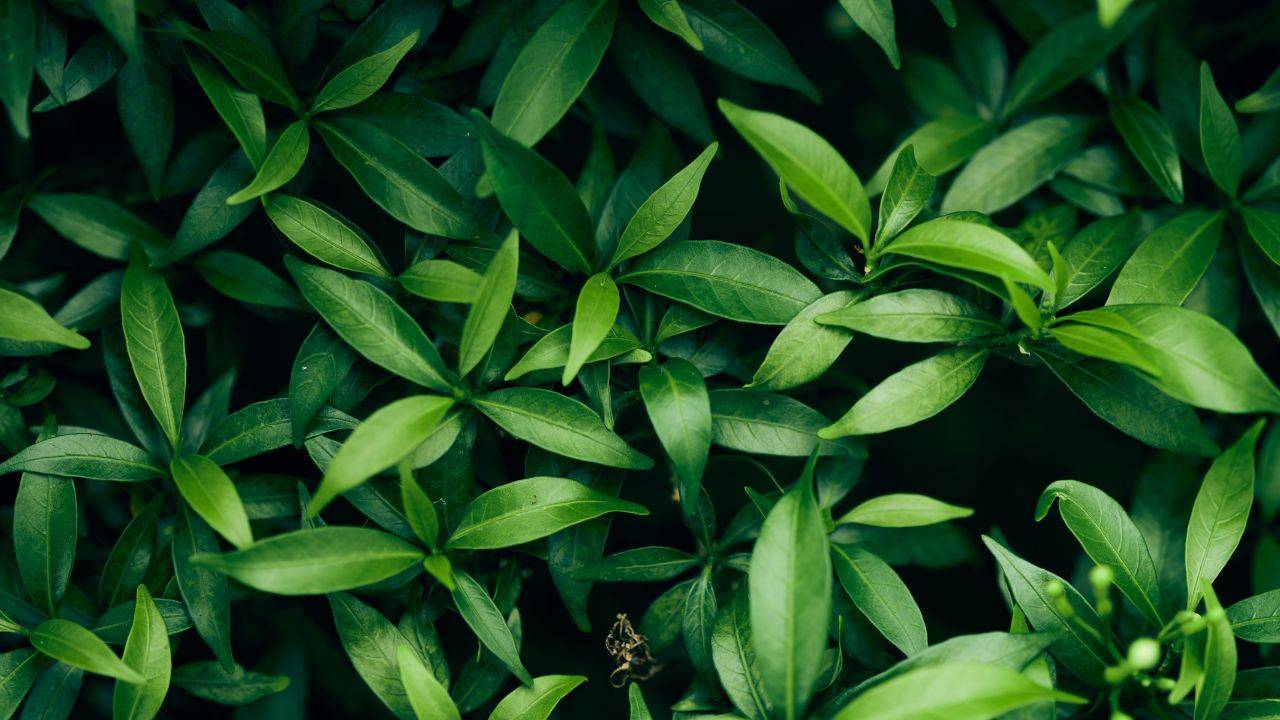Any green plant in nature uses chlorophyll to transform sunlight into energy, and scientists are now using the same concept to design a completely new type of solar cell.
One of the initial downsides is that these new cells are less efficient than the currently used ones, but using nature’s dyes has shown to be a lot more efficient in low light conditions.
A report in Phys.org has highlighted why this is a potential breakthrough for the solar energy sector.
“If researchers are able to harness the light captured by dyes in these solar cells more effectively, DSSCs would potentially offer an advantage over traditional crystalline solar cells when it comes to scaling up: they are cheap to make, because they don’t need a clean room or vacuum technology.”
With a cheaper and faster production system, it would be possible to drastically increase the number of solar panels. And they wouldn’t need to be in the best possible sun placement on roofs.
Instead, they could work on windows or in shaded areas to provide a much more consistent electricity production.
There’s still a lot of work ahead, but for breakthrough technology, the signs are promising.


